Infiniton FGC-210B Bruksanvisning
Läs gratis den bruksanvisning för Infiniton FGC-210B (69 sidor) i kategorin kylskåp. Guiden har ansetts hjälpsam av 11 personer och har ett genomsnittsbetyg på 4.4 stjärnor baserat på 6 recensioner. Har du en fråga om Infiniton FGC-210B eller vill du ställa frågor till andra användare av produkten? Ställ en fråga
Sida 1/69

FRIGORÍFICO
MANUAL DE INSTRUCCIONES
Model No.: FGC-210B
FGC-213X
FGC-215DG
FGC-227WG
FGC-228BG
Produktspecifikationer
| Varumärke: | Infiniton |
| Kategori: | kylskåp |
| Modell: | FGC-210B |
| Vikt: | 68000 g |
| Bredd: | 635 mm |
| Djup: | 595 mm |
| Höjd: | 2000 mm |
| Årlig energiförbrukning: | 243 kWh |
| Energiförbrukning: | 0.68 kWh/24h |
| antal stjärnor: | 4* |
| Produktens färg: | Vit |
| Eco-läge: | Ja |
| Energiklass: | E |
| Apparatens placering: | Fristående |
| Hängbar dörr: | Ja |
| Energieffektivitetsskalning: | A till G |
| Total kapacitet netto: | 351 l |
| Bulleremission, klass: | C |
| Ljudnivå Lc IEC: | 41 dB |
| Klimatkategori: | SN-T |
| Frostfri (kyl): | Ja |
| Strömväxlingsteknik: | Ja |
| Fryskapacitet netto.: | 94 l |
| Kylkapacitet netto: | 257 l |
| Färska zon fack: | Ja |
Behöver du hjälp?
Om du behöver hjälp med Infiniton FGC-210B ställ en fråga nedan och andra användare kommer att svara dig
kylskåp Infiniton Manualer
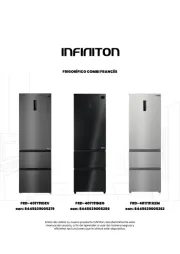
21 September 2025
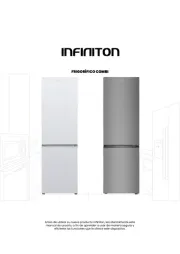
18 September 2025
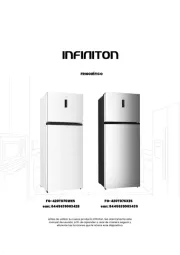
17 September 2025
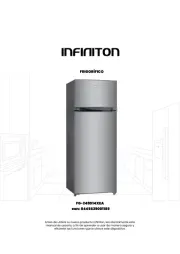
17 September 2025
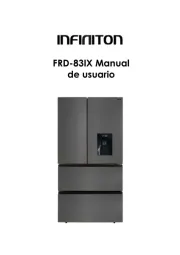
17 September 2025

17 September 2025

17 September 2025

17 September 2025
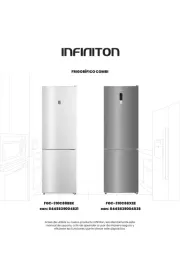
17 September 2025

17 September 2025
kylskåp Manualer
- MBM
- Essentiel B
- Sedona
- Techwood
- Bertazzoni
- Blaze
- Lynx
- Baumatic
- Blaupunkt
- Galanz
- Schmick
- Dunavox
- Sunny
- Cuisinart
- Ariston
Nyaste kylskåp Manualer
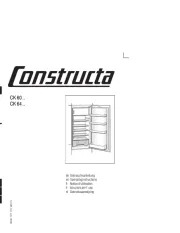
23 Oktober 2025
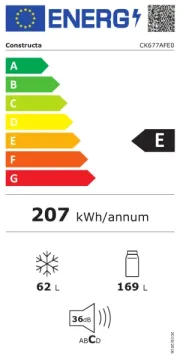
23 Oktober 2025
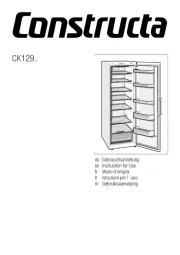
23 Oktober 2025
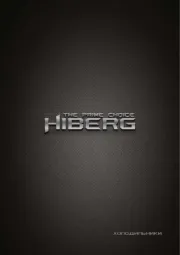
23 Oktober 2025
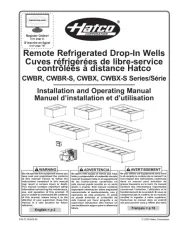
23 Oktober 2025
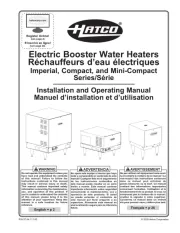
23 Oktober 2025
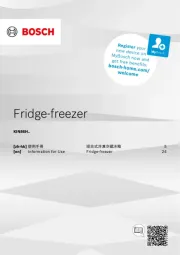
21 Oktober 2025
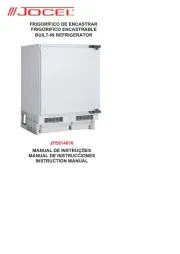
21 Oktober 2025
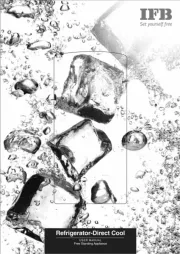
20 Oktober 2025
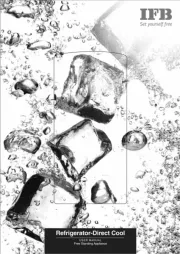
20 Oktober 2025